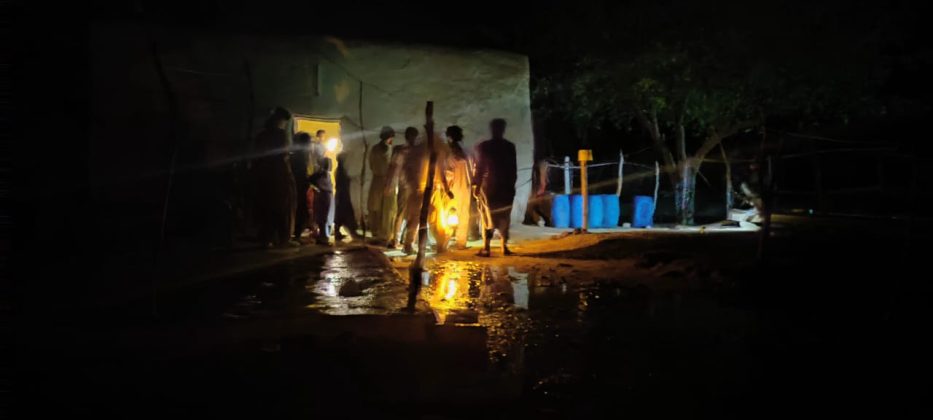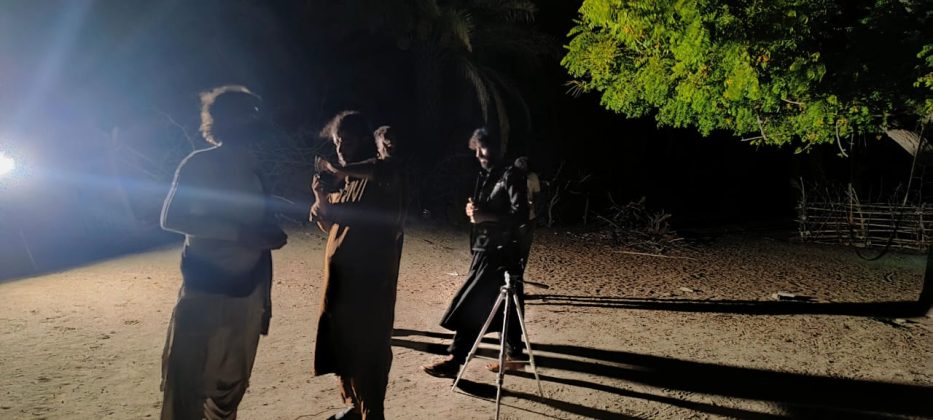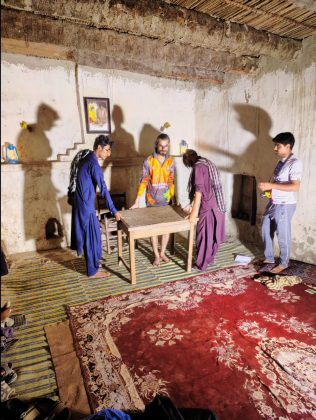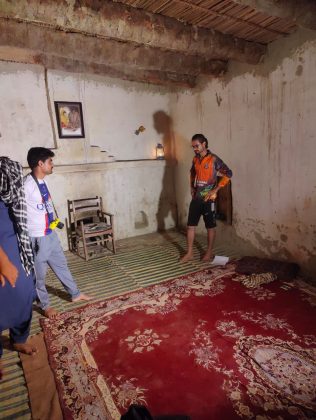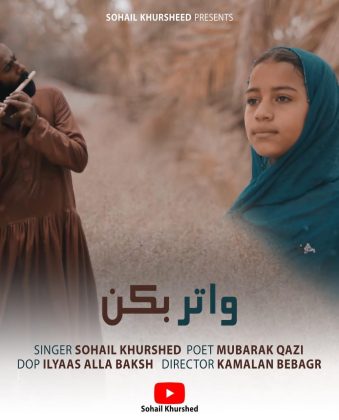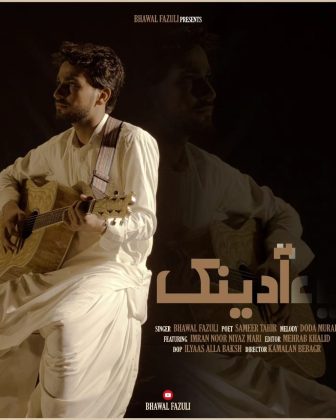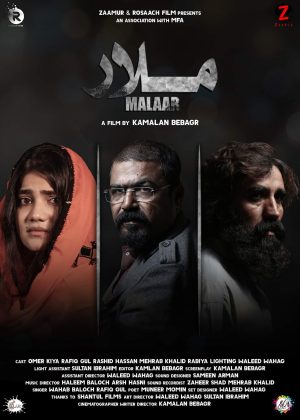Within a span of one month, Balochi music industry has witnessed three master class single songs with disparate but attractive cinematography – all thanks to the very young talented Kamalan Bebagr (27) of district Kech making way for a brighter cinematography in Balochistan. Studying at the Film and TV department at the National College of Arts (NCA) in Lahore, Kamalan got birth in district Kech’s Buleda, a village one hour away from Turbat city nearing Iran border. Interested in the filmography from his early school days, Kamalan was mainstreamed in the Balochi cinematography with his ‘Malaar’ movie released in 2021. The movie received love across the Baloch regions and in the Baloch community in diaspora for the uniqueness Kamalan had introduced while shooting the clips, along with the newness of the script. (Watch Malaar on Zaamur YouTube channel.)
As a young and interested filmmaker, he participated in some Balochi movies in his earlier phases – both as actor and assistant – and has been keenly and closely watching everything and learning everything from the basic. He has worked under Zahoor Fazal, a popular Baloch actor and filmmaker, and Ali Bakhsh Dad from whom he learnt the fundamentals of the art of filmmaking. And the rest is history.
In his latest work released on September 1 (2023), Kamalan has captured in his directorship Muneer Momin’s poem “Shap Chiraghen” (the lit night) sung by the Baloch actor-cum-singer Rafeeq Gul. Apart from the beauty of the poem and the way it was sung, what attracts a casual watcher is the way Kamalan has used his filming skills. Far from the ordinary videography, he compels one to carefully eye the video and wonder deeply of what he wants to portray through the means of the nine-minute video. In other words, he shows his watchers Balochistan in its deepest essence.
“It took us 6 nights to shoot that video,” Kamalan told TBNS. The video was filmed in Alandoor (Buleda, Kech) where he had shown the migration of an entire village. Despite a change in the characters, as he lacked the required characters as planned, but that did not let the theme of the video go compromised. In fact, the altered children who played their roles in the video song, enhanced its worth. The whole set was, to be clearly straight, very new from the ordinary Balochi videos. The very reason behind this is, Kamalan has worked from dawn to dusk to make it look as original as possible resembling the Baloch societal setup. One can see various people sitting aside individually in front of a fire each – that too at night. And the cameraman has justified what Kamalan had pictured.
“Every nation has its own attributes which we tried to consider while making the video,” he says, adding that Baloch society and culture are very different from rest of the world. “If we resemble the Balochi attributes in our cinematography, it will not only be liked by the Baloch but will also be different from others too.” Kamalan is of the belief that Balochi cinematography needs to be alike the normal Baloch lifestyle which would be the best way to justify the Balochi filmography. He says they are slowly learning the art of making the Balochi cinematography the way Baloch want it.
“Landscape, culture, land and light – the things I look up-to in such projects,” Kamalan explains. Balochi filmmaking has been a sort of unlearned and first-experience in its initial phase. When everything, in the cinematography, originates from the Baloch ground itself, it will further strengthen the industry in the times to come.
“Maati Laal Hatoon has a special role in making this video look the way we wanted,” he tells me, feeling gratitude for Maati’s cooperation and support during the making of the video song. Perhaps that was the exact point which did not change the theme of the video song despite a desired-character crisis. The video starts when Maati is narrating stories to the children. This is a normal practice in a Baloch society where either of the grandparents narrates stories in nights to the children, sometimes fictional and other times non-fictional. These stories are of the ancient times – some heard by the grandparents by their elders and others experienced by themselves. This is how Balochi literature has been transferring from one generation to the other.
The last scene, when lights hit Maati and the children, and Rafeeq comes out shocked makes sense with the present Baloch circumstances. Which time what happens in which place is uncertain across the Baloch regions. Followed by a setting inside the video where different people have burned a fire and sitting alongside it – this shows how the Baloch cinematography is forming and reshaping its essence in the real artistic form which it lacked in the past. With this growth in the film industry, we are hopeful Balochi industry will touch new heights in times to come. And the role Kamalan is playing is worth gratitude.


